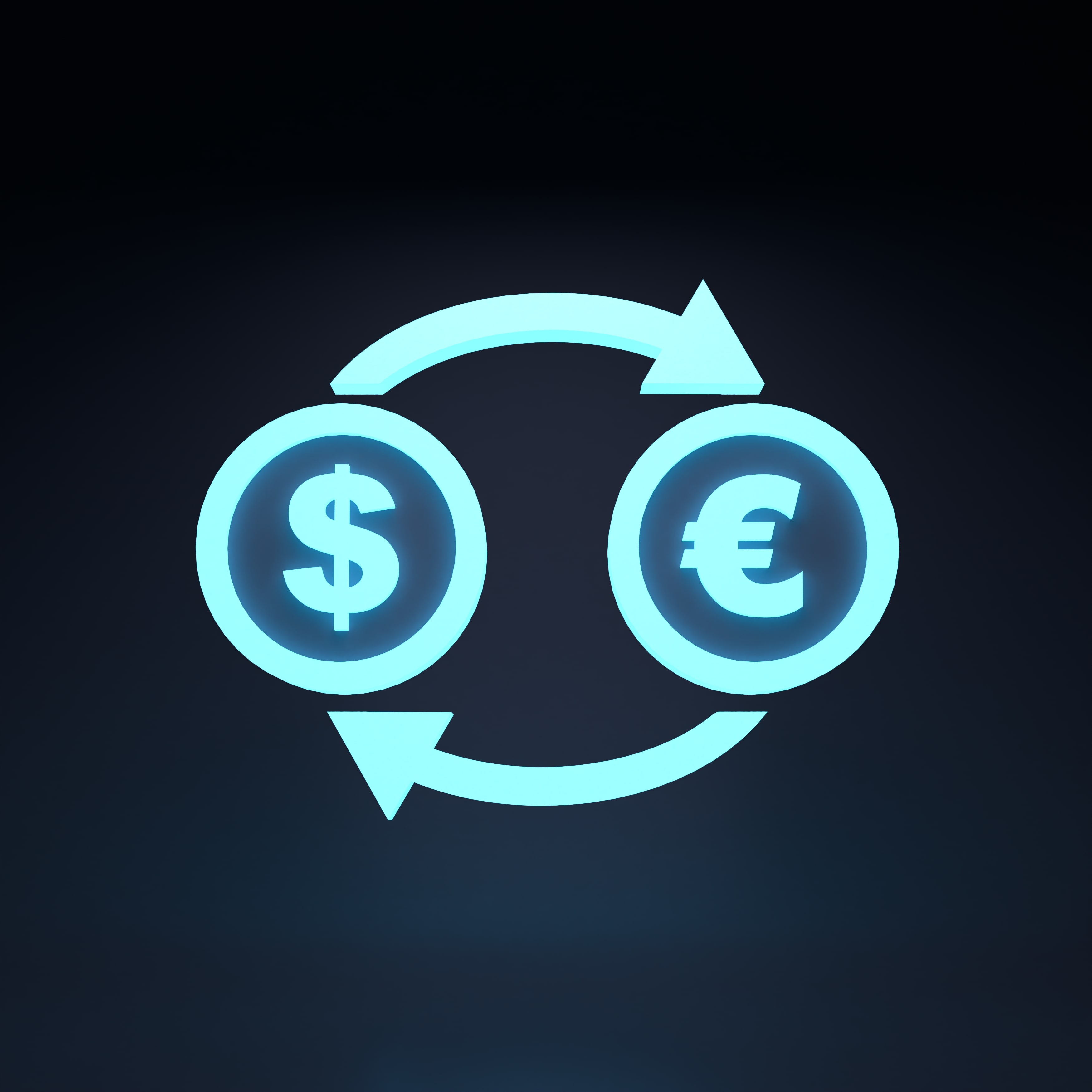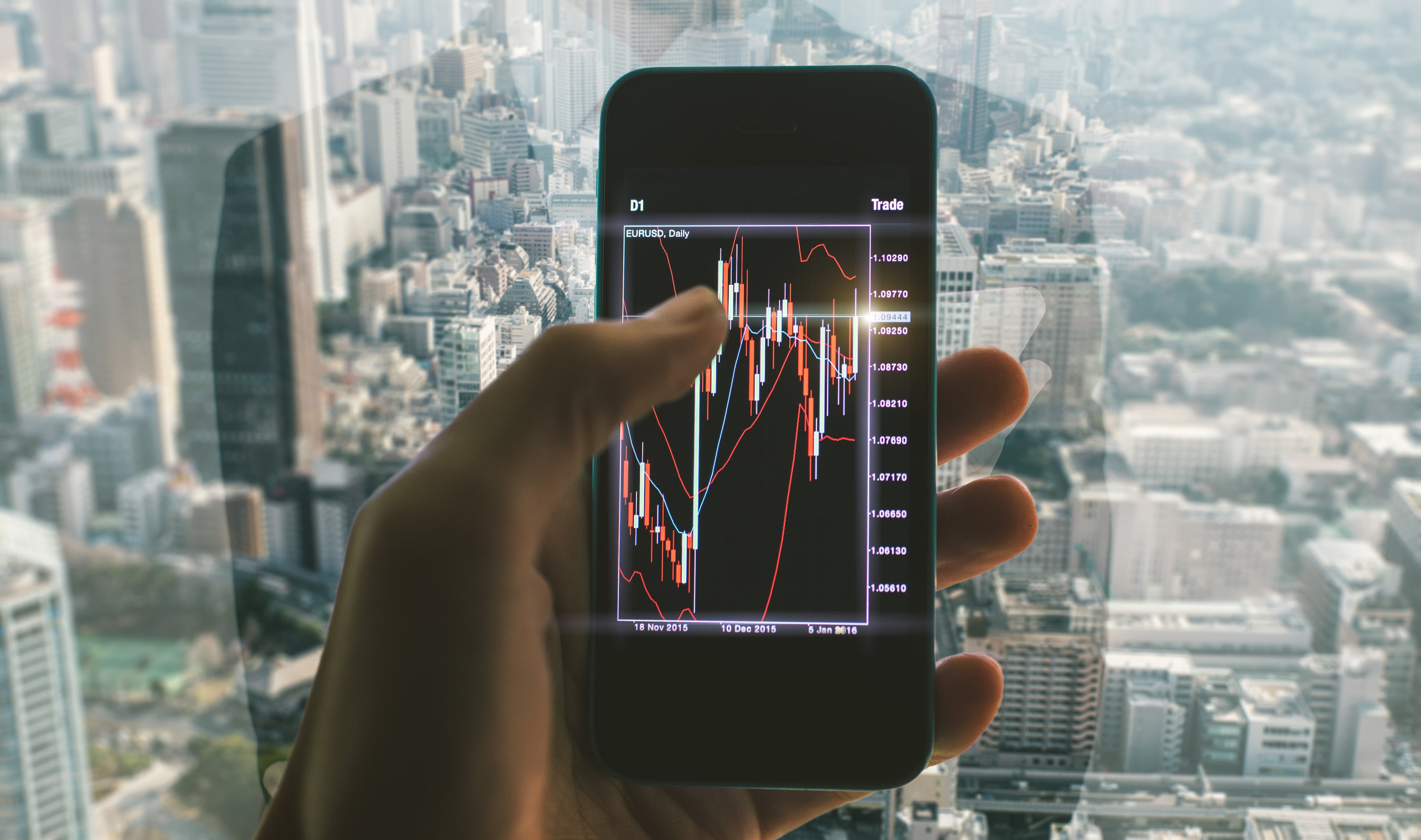4 Exchange Rate Types You Should Know
The exchange rate is purely international. To make an international investment, it is necessary to have a good command of the exchange rate. The international foreign exchange market includes transactions made in the currencies of different countries. The pricing of one currency over another currency is called the exchange rate. Each currency unit has a buying rate and a selling rate. Currency, which is defined as the currencies of foreign countries in its simplest definition, is used in trade transactions between countries and is considered one of the most frequently used tools by investors. Recently, individuals, institutions, and businesses have been making their investments in currencies. In this process, there are some concepts and issues such as exchange rate and parity that concern the investor.
There are various types of exchange rates. The characteristics of each exchange rate are different. In this process, it is important for investors to do good research and to have a good command of the subject to gain serious profits. There are different types of exchange rates, and the exchange rate is divided into four: Nominal Rate, Real Rate, Cross Rate and Effective Rate. Well,
– What Is The Nominal Exchange Rate?
– What Is The Real Exchange Rate?
– What Is The Cross Rate?
– What Is The Effective Rate?
4 Types of The Exchange Rates
Nominal Rate:
The value of foreign currencies against the national currency is called the nominal exchange rate. The nominal rate is considered one of the types of exchange rates that indicate the equivalence of 1 US dollar from another unit to a foreign currency. The money price determined at the nominal exchange rate concerns the domestic and foreign fields. That is, when the domestic and national currency appreciates, this value determines the amount of domestic currency that must be given to buy any foreign currency in the international environment. Two types of transactions can be made in foreign exchange transactions: spot and forward.
The real exchange rate has almost the same characteristics as the nominal exchange rate. In more general terms, the real exchange rate is obtained by combining the domestic and foreign price level ratio with the nominal exchange rate. The real exchange rate is the rate that shows the value of a country in the field of imports and exports. As with other exchange rates, many financial and economic factors affect the real exchange rate. In short, the real exchange rate system, which is an impressive and valuable indicator of the prices of valuable goods, value and value competition of countries in the international environment trading in the field of finance and economy, is very significant.
The exchange rate of foreign currencies in terms of another foreign currency is called the cross rate. It is the value of any currency against another currency. All exchange rates in the world have a cross rate.
The currency used by other countries, in other words, foreign currency is called effective. The effective exchange rate is the value of the effective foreign currency in terms of national currency. The value of a national currency is directly related to the foreign goods, services and financial values that can be purchased with it.
To make an investment better, investors should know these 4 types of the exchange rates. As ALB Limited, we aim to provide you with the best service. Follow us to learn more about the exchange rate and its types and to take advantage of our current services.













